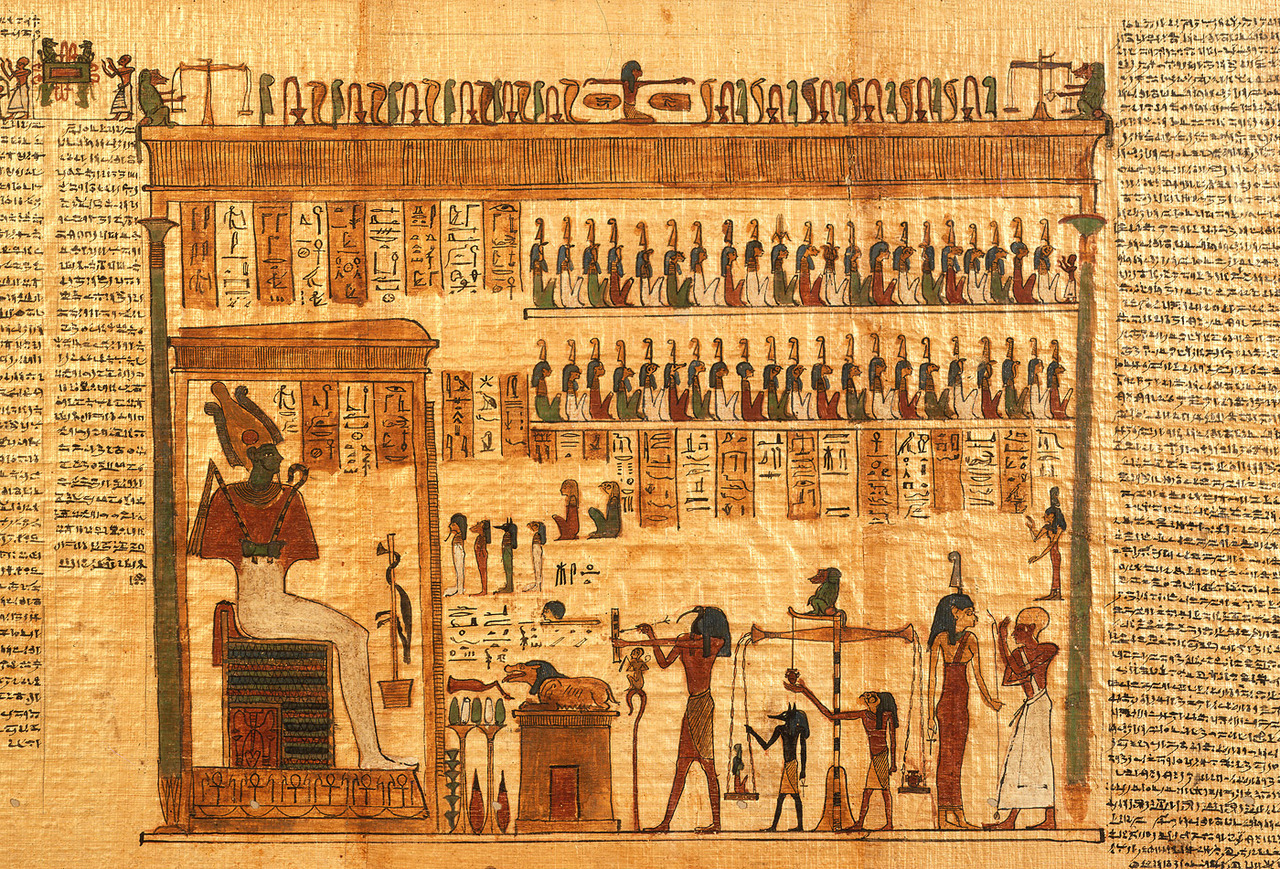

The team found no bones in the tomb, and it's highly unlikely Herod's remains will ever be found. Most of the burial site is in ruins, probably deliberately damaged by Jewish rebels, who loathed the Roman-appointed Herod and holed up in Herodium during a revolt against the Roman Empire in the late 60s A.D. Netzer's team thinks a monument up to 80 feet (24 meters) tall may have marked the king's tomb. The remains of a huge staircase leading up to the burial site have been uncovered, as well as an enormous area once thought to be a hippodrome but now known to be a staging area for Herod's funeral procession. "It's a sarcophagus we don't just see anywhere," Netzer said. Further excavation revealed a remarkably ornate sarcophagus, one fit only for a king. In 2006, Netzer suggested the team examine a seemingly out-of-place section of wall halfway up the hill.Ībout a year later, on April 27, 2007, diggers hit upon a slab of high-quality, highly ornamented pink limestone. But over time, Netzer's focus changed and finding the king's burial site became his main focus.Įarly accounts of Herod's funeral led scholars to believe the tomb would be found at the base of Herodium, but decades of searching the lower complex turned up nothing. When Hebrew University Professor Ehud Netzer and his colleagues began excavating at the site in 1972, their aim was not to locate Herod's tomb. The massive white-stone complex was Herod's desert retreat, housing a fortified palace, administrative buildings, gardens, and ritual baths. Herodium is built on a volcano-shaped hill about 8 miles (13 kilometers) south of modern-day Jerusalem. An enormous funeral procession carried his body on a golden bier to the edge of the Judaean desert, where an elaborate resting place in his beloved Herodium awaited him. in Jericho, succumbing to a gruesome, mysterious illness. His goal was the death of the baby Jesus, whom prophets said would become King of the Jews. It was near the end of his life that Herod allegedly ordered his most infamous act: the killing of all male infants in Bethlehem. His old age was marred by uprisings in the kingdom, intrigue within his family (Herod had ten wives and more than a dozen children), and poor physical and mental health.

Herod's 33-year rule was marked by his political, military, and architectural genius on one hand and by increasing paranoia and extraordinary cruelty on the other. But though his closeness with Rome led to stability and prosperity in the kingdom, many of his subjects regarded his relationship with Judaea's overlords as a betrayal. Rome repeatedly expanded Herod's territory and wealth, which he used to undertake ambitious building projects, including the Herodium and his famed Temple on Jerusalem's Temple Mount. Herod returned with a Roman army and captured Jerusalem in 37 B.C. When rivals murdered his father and the Parthians invaded Judaea in 40 B.C., Herod fled to Rome, where the Senate, impressed by his allegiance, named him King of Judaea. Edified by his father, Antipater, who had gained power by conciliating the Romans, Herod rose quickly to political prominence. to an influential family in the Mediterranean city of Ashqelon in Judaea. A biography written about Herod less than a hundred years after his death even gave fairly specific details about where in Herodium the king was interred.Īnd yet decades of search came to naught-until recently.

Most experts had narrowed the location of his tomb to Herodium, a grand complex designed by the king on a man-made hill south of Jerusalem. Though he died more than 2,000 years ago, the final resting place of Herod the Great, King of Judaea, should have been relatively easy to find.


 0 kommentar(er)
0 kommentar(er)
